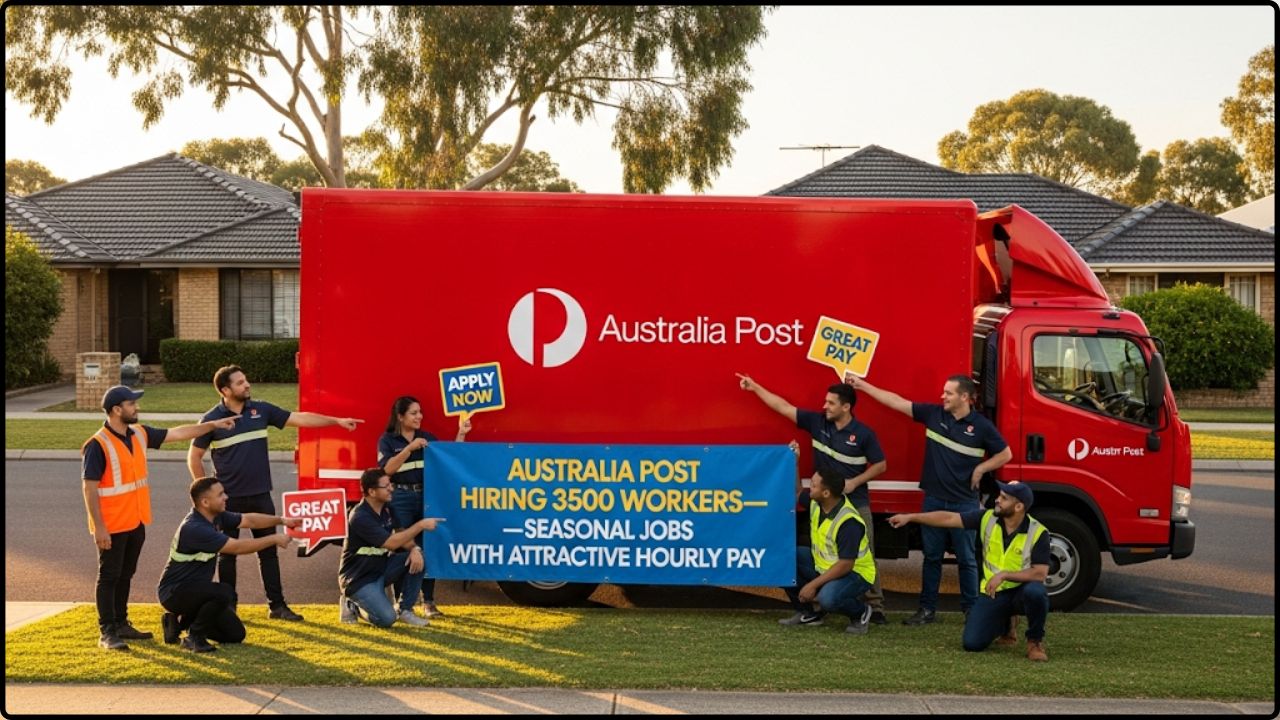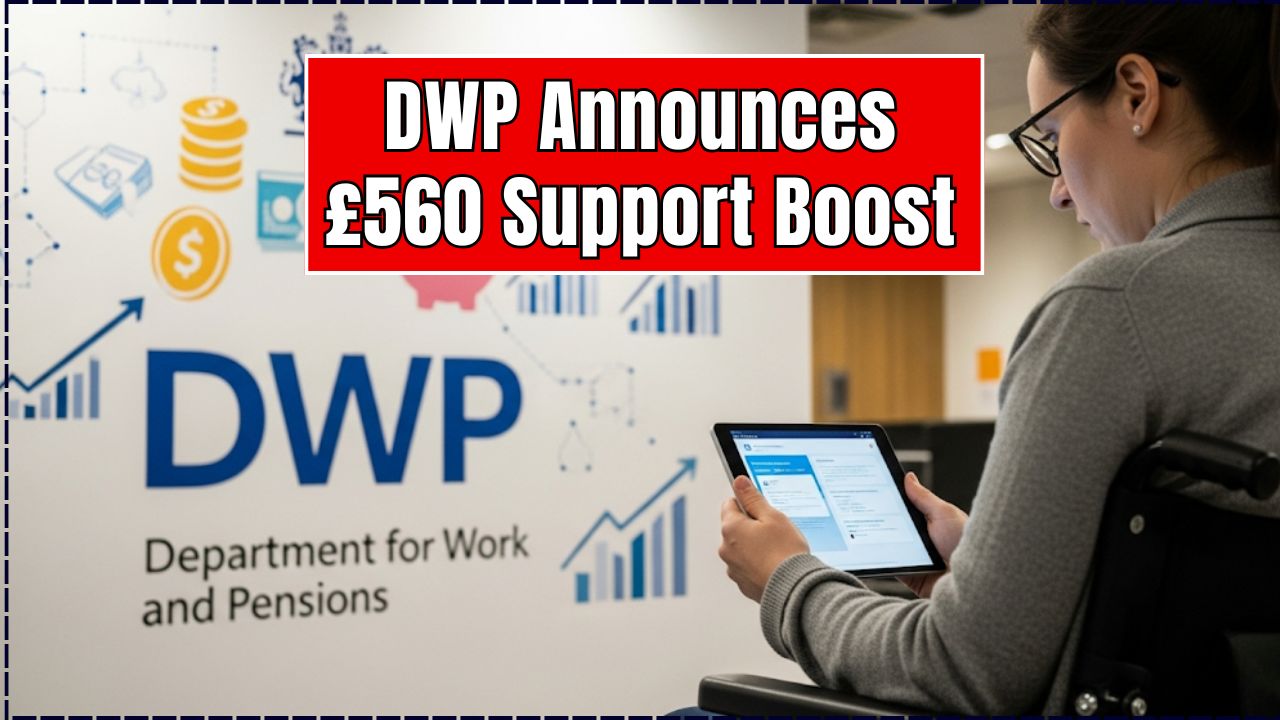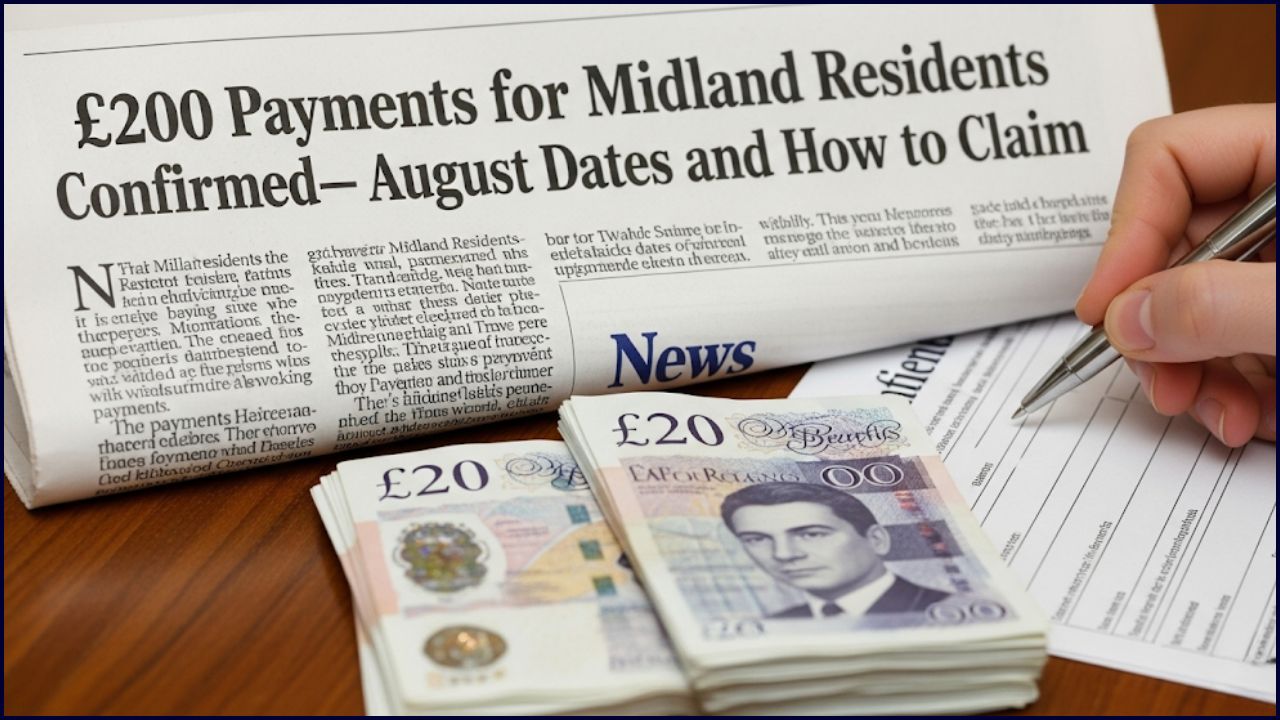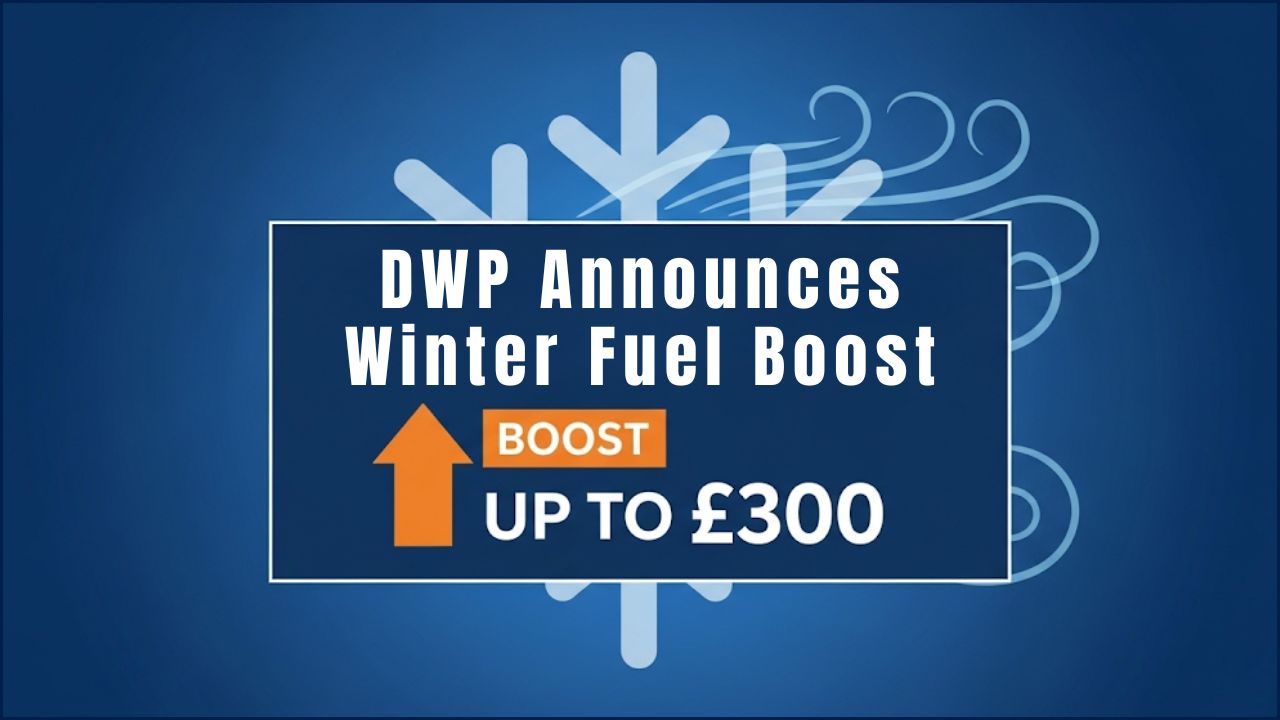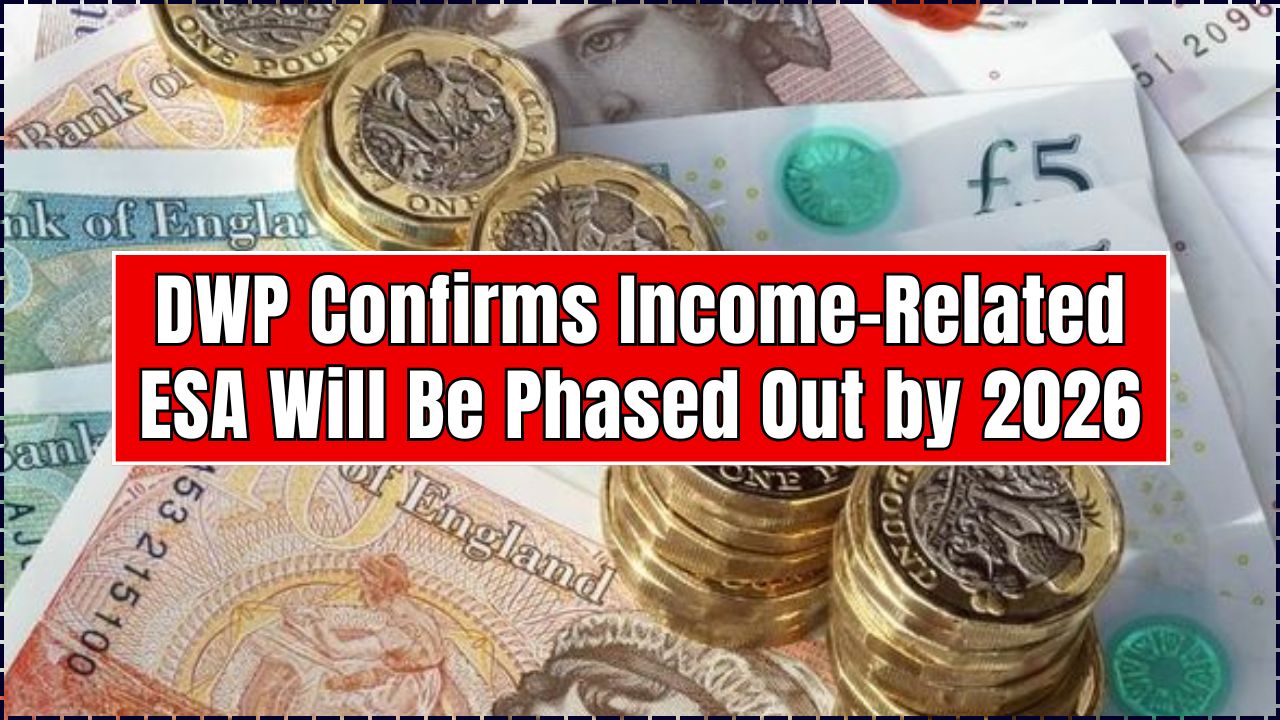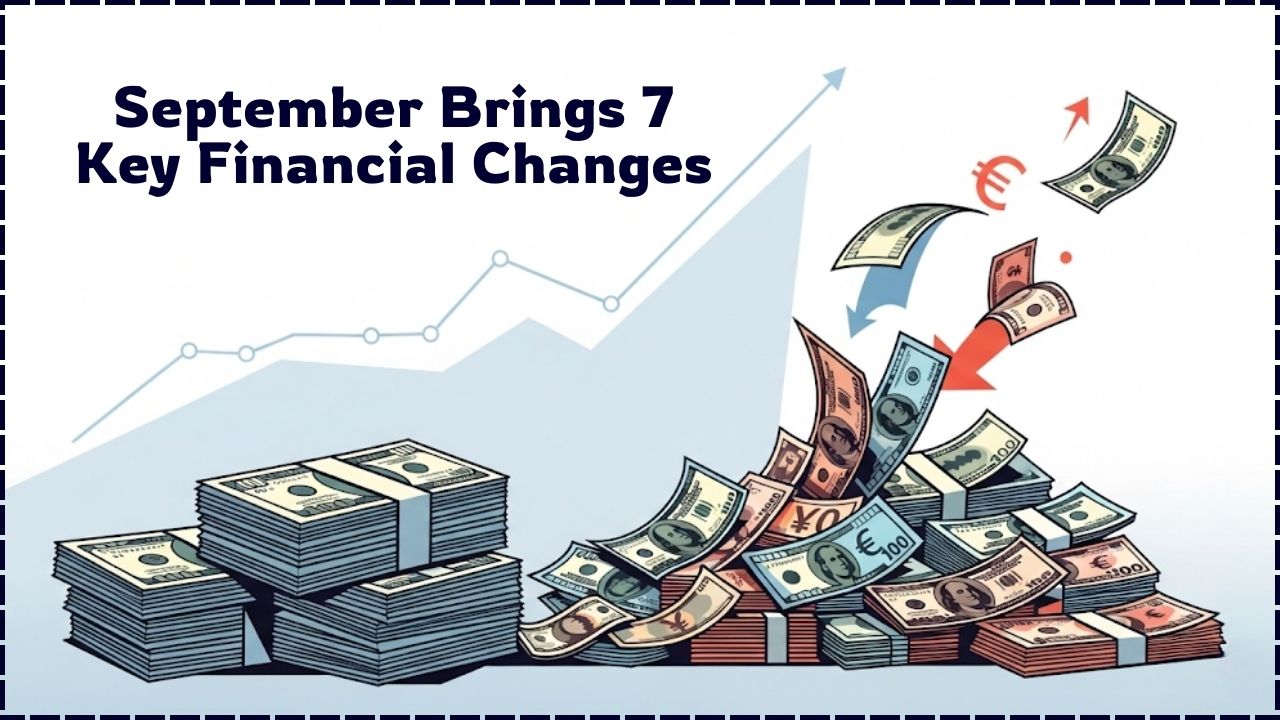The Winter Fuel Payment 2025 deadline is one of the most important dates in the UK pension calendar. With energy bills continuing to bite and inflation still nudging household budgets, pensioners must act fast to avoid missing out. Whether you’re a retiree managing a fixed income or a professional advising older clients, knowing the rules, dates, and income thresholds could be the key to financial peace of mind this winter.
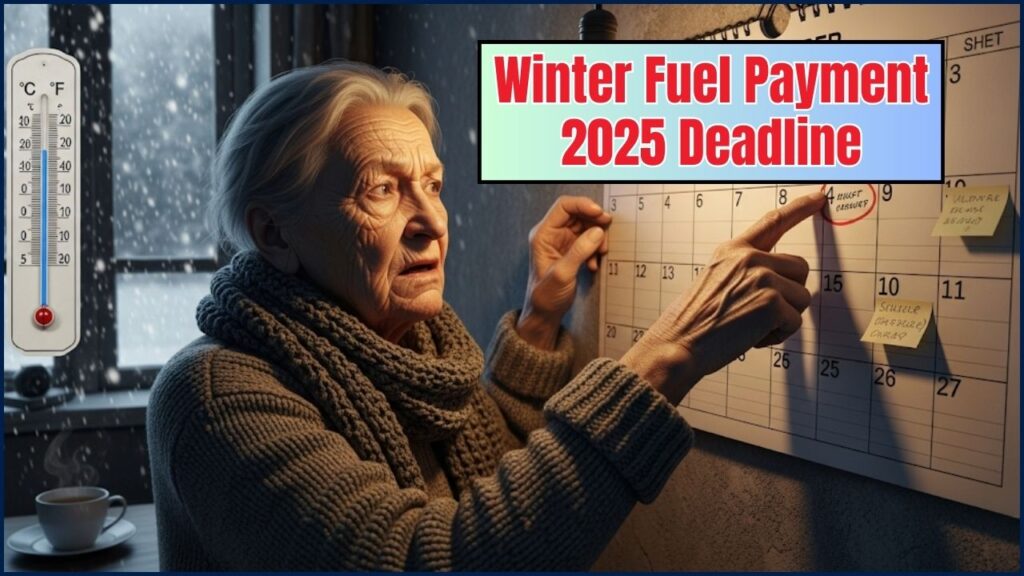
This year, new clawback rules and an income threshold of £35,000 make the scheme more targeted than ever. That means some will automatically benefit, while others could face unexpected repayments. Let’s unpack everything step by step.
Winter Fuel Payment 2025 deadline
| Topic | Details |
|---|---|
| Deadline to Opt-Out | 15 September 2025 |
| Deadline to Claim (if unpaid automatically) | 31 March 2026 |
| Automatic Payment Period | November–December 2025 |
| Eligibility | Born on or before 21 Sept 1959; UK resident |
| Income Threshold | £35,000 annual taxable income |
| Clawback Rule | HMRC will recover payment from higher earners |
| Official Link | Winter Fuel Payment – How to claim |
The Winter Fuel Payment 2025 deadline isn’t just another government formality—it’s a real chance to ease the burden of high winter energy bills. With automatic payments for most pensioners, strict opt-out rules, and a March 2026 claim deadline, staying on top of this could save stress (and money).
Act early, know your options, and you’ll step into winter with confidence and warmth.
Why the Winter Fuel Payment Still Matters
According to the UK’s Office for National Statistics (ONS), around 2.3 million households were in fuel poverty in 2023—meaning they struggled to keep their homes adequately warm. And with energy bills averaging £1,568 per year in early 2025 (Ofgem), the £100–£300 Winter Fuel Payment (sometimes up to £600 for older pensioners) remains a vital support system.
Age UK has repeatedly warned that cold homes can directly contribute to health problems like respiratory illness, arthritis flare-ups, and even excess winter deaths. In fact, the NHS spends an estimated £1.3 billion a year treating illnesses linked to cold housing.
So yes—this payment is more than just “extra cash.” It’s literally a lifeline.
A Quick History: How Did We Get Here?
The Winter Fuel Payment was first introduced in 1997 to help pensioners cope with rising fuel bills. Back then, it was worth just £20. Over the years, it grew, peaked, and was even temporarily topped up with “Pensioner Cost of Living Payments” during the 2022–2023 energy crisis.
Fast forward to 2025, the government has tightened the rules by introducing income-related clawback thresholds. This ensures money goes to pensioners who truly need it most, rather than blanket payments to higher earners.
Key Dates for Winter Fuel Payment 2025/2026
- Qualifying Week: September 15-21, 2025. This is the crucial period the government uses to determine your eligibility.
- Automatic Payments Begin: October to December 2025. Most eligible people will receive their payment automatically during this time.
- Claim Line Opens: From mid-October 2025. If you haven’t received the payment and believe you’re eligible, this is when you can call to make a claim.
- Deadline to Claim: March 31, 2026. This is the final date to make a claim for the 2025/2026 winter season if you don’t receive it automatically.
Who Qualifies for the Winter Fuel Payment 2025?
Basic Eligibility
- Born on or before 21 September 1959, and
- Living in the UK during the “qualifying week” (mid-September 2025).
Automatic Payments
- Already on the State Pension or certain social security benefits? Good news—you’ll get it automatically in November or December 2025.
Manual Claims Required
- Deferred your State Pension?
- Living abroad but in eligible EU/EEA countries or Switzerland?
- Never received the payment before?
You’ll need to claim by post (from 15 September 2025) or phone (from 13 October 2025). Claim deadline: 31 March 2026.
Winter Fuel Payment: How You Get Paid
| Your Situation | You’ve received the payment before and/or get certain benefits | You’ve never received the payment before or deferred your State Pension |
| How It Works | Payment is made automatically. You don’t need to do anything. | You must make a claim to receive the payment. |
| Action Needed | Check your bank account for the payment between October and December. | Call the Winter Fuel Payment Centre or download a claim form. |
| Deadline | No deadline for automatic payments. | You must claim by March 31, 2026, to get the payment. |
The Opt-Out Rule & £35,000 Income Threshold
Here’s the tricky part. Even if you qualify, HMRC will recover your Winter Fuel Payment if your taxable income exceeds £35,000. That means:
- Tax code adjustments in 2026/27 (so smaller take-home pay if you’re working).
- Or extra liability if you file a self-assessment return.
For some, it’s just easier to opt out before 15 September 2025. That way, you don’t deal with repayments later.
Step-by-Step Guide to Stay Ahead
Step 1: Check Eligibility
Use the official GOV.UK Winter Fuel Payment checker.
Step 2: Estimate Income
Use the HMRC tax calculator. If over £35,000, consider opting out.
Step 3: Act on Deadlines
- Opt-out: 15 September 2025
- Claim deadline: 31 March 2026
Step 4: Watch Your Bank Account
Expect automatic payments by late November or December 2025. If it’s not there, file a claim.
Real-Life Examples
- Linda (68, Manchester): On £28,000 yearly income. She gets £300 automatically and keeps every penny.
- George (72, London): Still consulting, with £42,000 income. Gets the payment, but HMRC claws it back. To avoid this, he opts out by 15 September 2025.
How the UK Compares Globally
- United States: No direct Winter Fuel Payment, but low-income households can apply for LIHEAP (Low Income Home Energy Assistance Program). Average grant: $500–$1,000 per household.
- EU Nations: Many countries (e.g., France, Germany) provide targeted heating subsidies or social tariffs on energy bills.
By comparison, the UK’s system is broader—covering millions of pensioners regardless of income, with clawbacks for higher earners.
Extra Winter Survival Tips (Beyond the WFP)
- Layer up: Invest in thermal underlayers—cheaper than cranking the thermostat.
- Smart meters: Track energy use in real time to spot waste.
- Switch providers: Even small changes save £100+ yearly.
- Local council grants: Check for regional heating support programs.
- Community warm spaces: Many towns offer heated centers during the coldest months.
Top 3 Mistakes to Avoid When Claiming
- Mistake #1: Assuming you’re not eligible. Many pensioners assume they won’t qualify due to their income, but the Winter Fuel Payment is not means-tested in the same way as other benefits. Check the criteria first!
- Mistake #2: Waiting too long. If you need to make a claim, don’t wait until the last minute. The deadline is firm, and processing can take time.
- Mistake #3: Missing key details. Before you call to claim, have your National Insurance number, bank details, and information about your living situation during the qualifying week ready. This will speed up the process.
Real-World Case Study or Mini Example
Mary, 78, has received the Winter Fuel Payment for years, so she assumed it would arrive automatically again this November. However, she’d recently deferred her State Pension, a change she didn’t realize would affect her automatic payment. When December rolled around and the money hadn’t appeared, she saw an article about the deadline. She quickly called the helpline, provided her details, and was relieved to receive her £300 payment just a few weeks later—just in time for the coldest part of winter.
FAQs
Q1. How much will I get?
Between £100–£300, sometimes more depending on age and living arrangements.
Q2. Will it affect my Pension Credit or Universal Credit?
No, it’s tax-free and doesn’t reduce other benefits.
Q3. Can I claim if I live abroad?
Yes, but only in certain EU/EEA countries and Switzerland.
Q4. What if I miss the 31 March 2026 claim deadline?
Unfortunately, you’ll lose the entitlement for that winter. No back payments.
Q5. Why the income clawback?
To ensure limited public funds help vulnerable pensioners, not those with higher disposable incomes.

